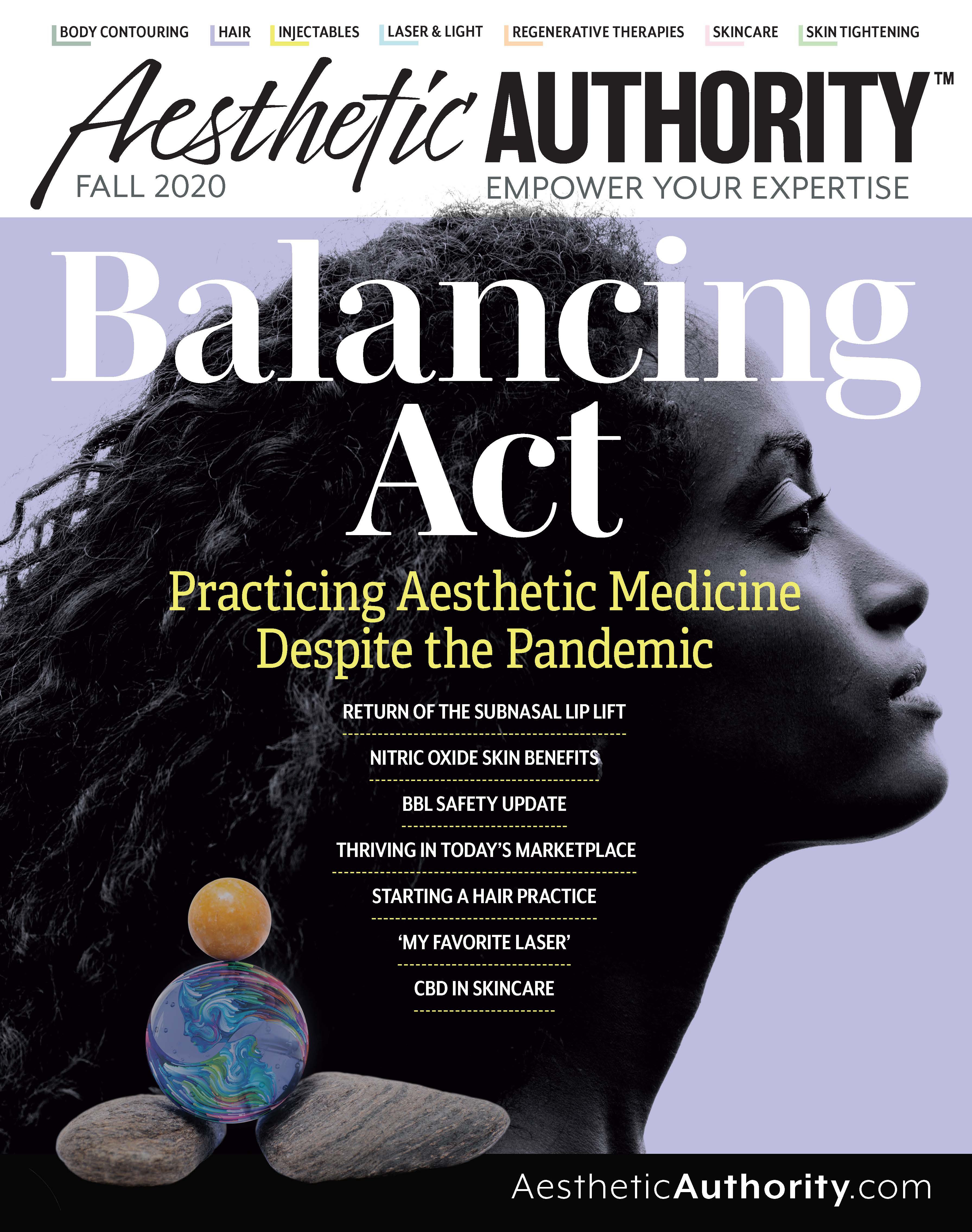- Case-Based Roundtable
- General Dermatology
- Eczema
- Chronic Hand Eczema
- Alopecia
- Aesthetics
- Vitiligo
- COVID-19
- Actinic Keratosis
- Precision Medicine and Biologics
- Rare Disease
- Wound Care
- Rosacea
- Psoriasis
- Psoriatic Arthritis
- Atopic Dermatitis
- Melasma
- NP and PA
- Skin Cancer
- Hidradenitis Suppurativa
- Drug Watch
- Pigmentary Disorders
- Acne
- Pediatric Dermatology
- Practice Management
- Prurigo Nodularis
- Buy-and-Bill
Publication
Article
Aesthetic Authority
Tips for Optimal Subnasal Lip Lift Results
Author(s):
Procedural nuances and lessons learned can help cosmetic surgeons achieve optimal aesthetic results with the surgical lip lift.
This is part 2 of a 2-part series.
Part 1: Patient Selection Matters in Surgical Lip Rejuvenation
There’s a lot that hasn’t changed about performing a subnasal lip lift, which involves carving a wedge of skin just below the nostrils to raise the vermilion border.
But there are nuances and lessons learned that can help physicians achieve optimal aesthetic results, according to Dr. Waldman.
“Most of us that do this procedure with any regularity recognize that you have to be fairly aggressive—maybe even slightly over correct—to get the type of result that you want,” he says. “We’re removing perhaps one-third and in some extreme cases up to even 40% of the white portion of the upper lip.”
Dr. Waldman says that while he used to use a lot of deep sutures, he doesn’t anymore. Deep sutures in the subnasal lip lift seem prone to splitting.
“We really use only a minimal number of deeper sutures and use very small sutures. Many times, we’ll use a suture as small as a 7-0 to close the skin,” Dr. Waldman says.
To avoid hatch marking the wound, especially in patients of color, Dr. Henry uses subcuticular epidermal sutures when possible.
Importantly, doctors need to closely monitor lip lift patient healing. Incisions, for example, can become thick, which can be treated early on with steroid injections, according to Dr. Waldman.
Combination Approaches
When performing a subnasal lip lift Dr. Waldman might also perform a lower lip vermillion advancement, in which he advances the mucosa by excising a little white tissue below the red tissue of the lower lip. He pulls the lower lip to advance it forward, creating more of a vermillion show of the lower lip.
“We don’t want the upper lip to be dominant. We have to think about the lower lip, whether we’re injecting it or by performing a lower lip vermillion advancement,” he says. “Sometimes, we’ll do injectable fillers in the lower and maybe even the upper lip to give it a little more shape.”
Fillers, however, are not used until a month or two after surgery, Dr. Waldman points out.
Dr. Waldman predicts the subnasal lip lift will become more mainstream.
“You can do facelifts and forehead lifts and blepharoplasty and make somebody look really good. But if the perioral region looks old, then we’ve only done 90% of the rejuvenation and maybe even 80%. The perioral region can date someone, so we have to recognize it’s an area that many times should be addressed,” Dr. Waldman says.






